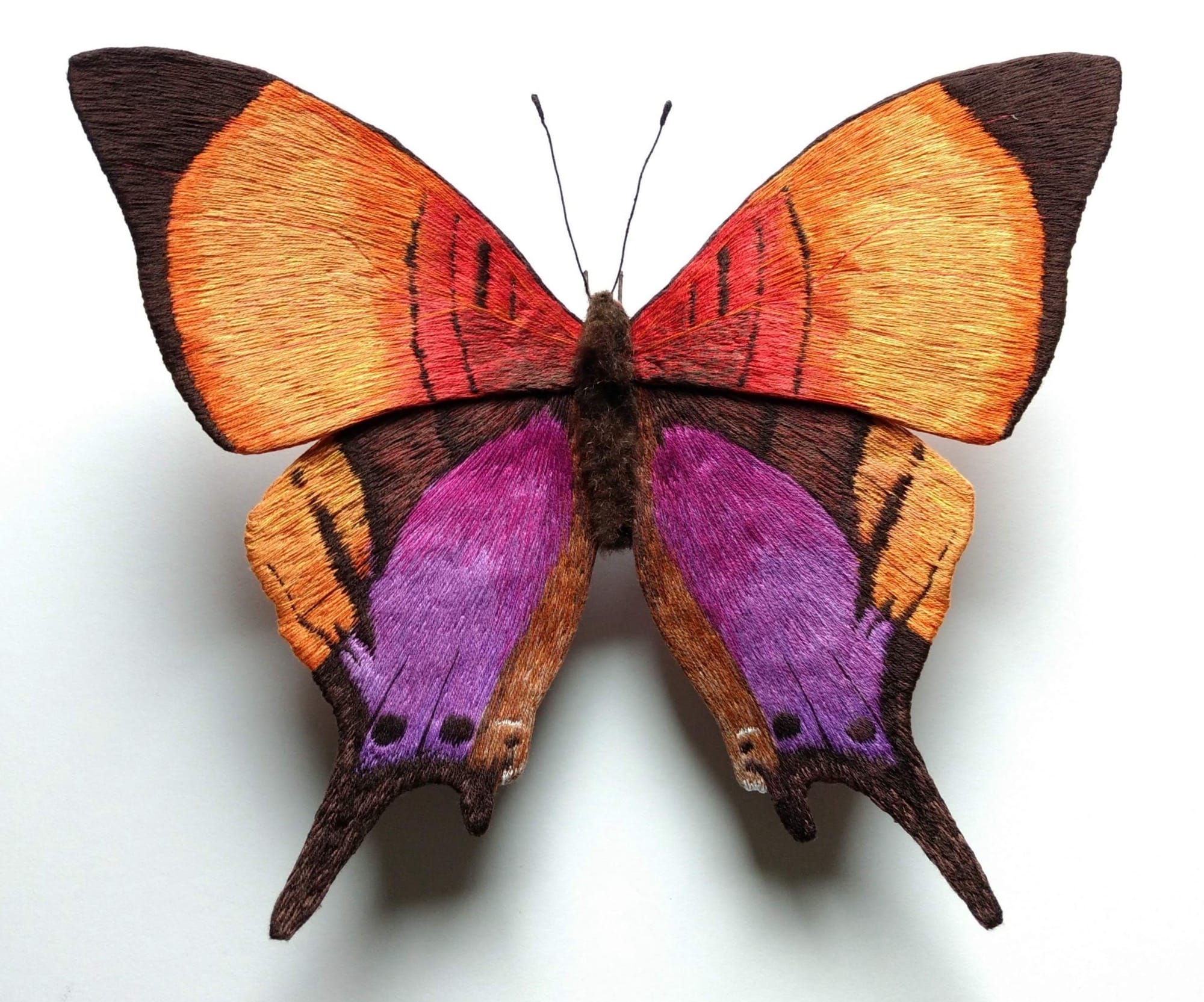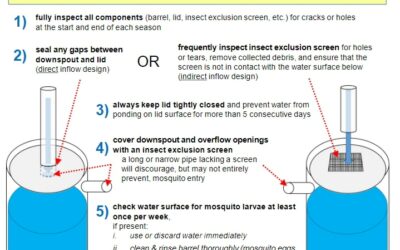This post was originally published on Colossal
From vibrant thread and wire, Yumi Okita conjures thrillingly lifelike moths, butterflies, and flowers. The Raleigh-based artist (previously) meticulously embroiders insects’ colorful wings with an eye for realism, so until you’re up close, they appear as though they could flutter away at any moment. And in her more recent series of otherworldly botanicals, petals, leaves, and roots curl to look as though they were just plucked from their habitats.
Okita often adds original sculptures to her Etsy shop, and you can also follow updates on Instagram.








Do stories and artists like this matter to you? Become a Colossal Member today and support independent arts publishing for as little as $7 per month. The article Yumi Okita’s Butterflies and Botanicals Metamorphose from Colorful Thread appeared first on Colossal.





0 Comments